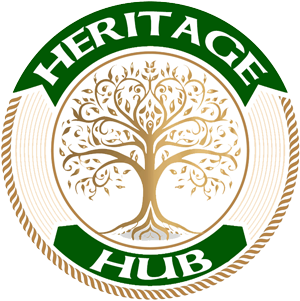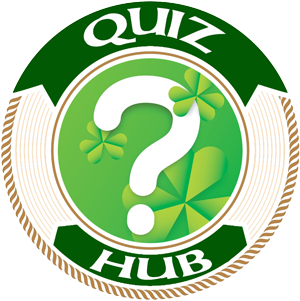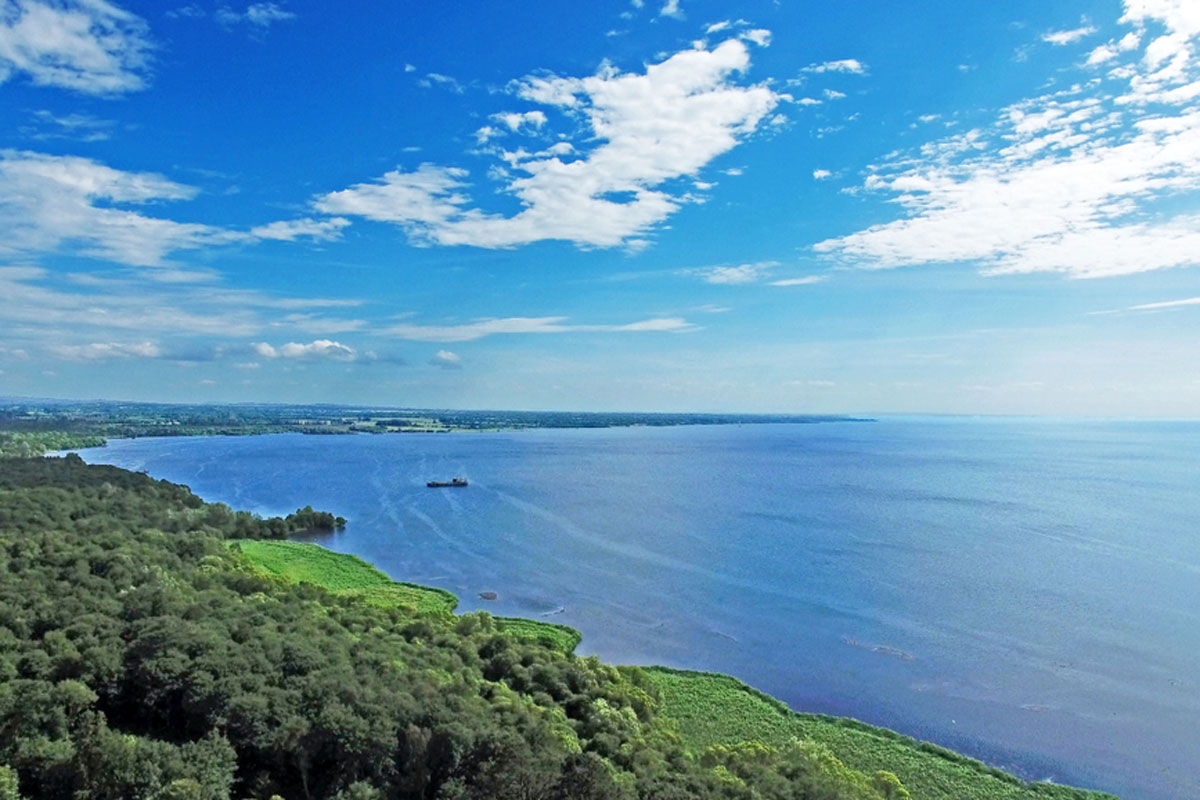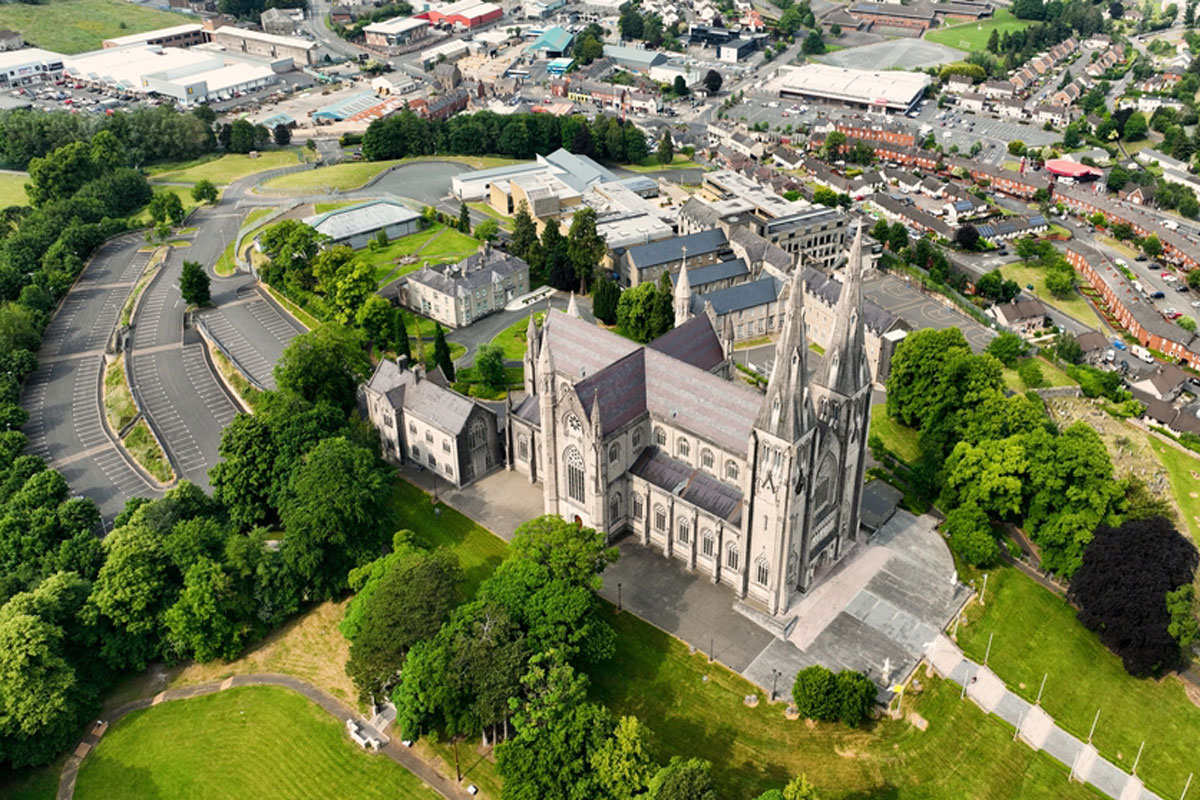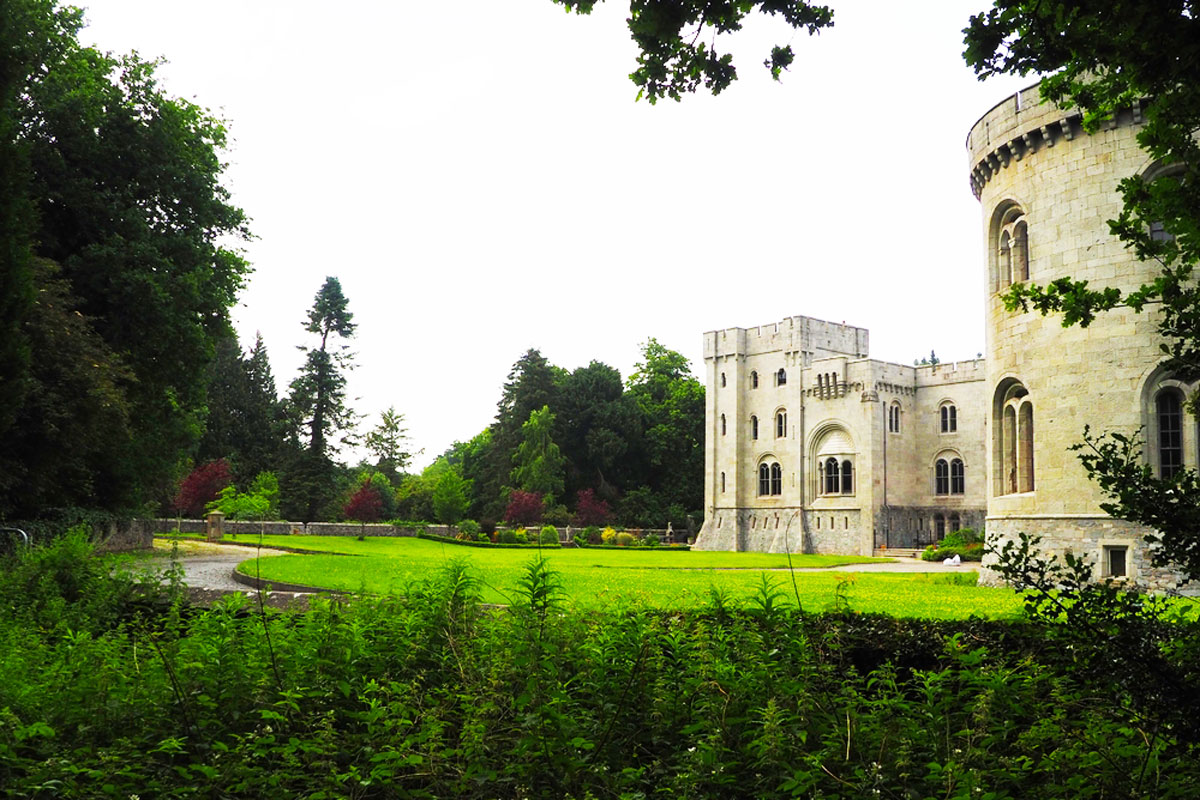An Introduction to Lough Neagh
Nestled in the heart of Northern Ireland, Lough Neagh is the largest freshwater lake in both Ireland and the British Isles, covering an impressive 383 square kilometers (148 square miles). This vast body of water is not only a breathtaking natural wonder but also a vital resource and hub for wildlife, recreation, and local communities.
Lough Neagh is surrounded by five counties—Antrim, Down, Armagh, Tyrone, and Derry—each contributing to the lake’s unique landscape and cultural heritage. With its serene waters, rich biodiversity, and historical significance, the lough has long been a place of legend, leisure, and livelihood.
For centuries, Lough Neagh has provided freshwater, food, and employment to the people of Northern Ireland. It remains a key part of the region’s ecology and economy, supporting fisheries, tourism, and conservation efforts.
Beyond its practical significance, the lough is a haven for nature lovers. It attracts visitors who come to enjoy boating, fishing, birdwatching, and scenic walks along its shores. Whether you’re seeking adventure or tranquility, Lough Neagh offers an escape into the beauty of the natural world.
Wildlife and Natural Beauty of Lough Neagh
Lough Neagh is more than just a vast body of water—it is an ecological treasure, home to an incredible variety of wildlife, plant life, and natural landscapes. The lough’s rich biodiversity makes it one of the most important wetland habitats in the UK and Ireland, attracting conservationists, birdwatchers, and nature enthusiasts alike.
A Birdwatcher’s Paradise
The lake is designated as a Special Protection Area (SPA) due to its importance for migratory and native birds. Throughout the year, visitors can spot:
- Whooper swans and greenland white-fronted geese in winter
- Lapwings, curlews, and redshanks along the shoreline
- Common terns, great crested grebes, and cormorants nesting around the lough
Birdwatching is particularly rewarding at sites like Oxford Island National Nature Reserve and the RSPB Portmore Lough Reserve, where observation hides offer stunning views of the lake’s avian residents.
Fish and Aquatic Life
Lough Neagh is famous for its commercial eel fishery, which dates back centuries. The Lough Neagh eel is renowned for its quality and is exported worldwide. Other fish species found in the lough include:
- Pollan – a rare species unique to Irish lakes
- Perch, roach, pike, and trout – popular among anglers
- Bream and rudd, contributing to the diverse aquatic ecosystem
The lake’s waters provide an essential habitat for these species, making it a hotspot for recreational and commercial fishing.
Flora and Natural Landscapes
The shoreline of Lough Neagh is lined with reed beds, wet woodlands, and peat bogs, creating a diverse environment for both wildlife and plant species. Notable flora include:
- Yellow water lilies floating across the lake’s surface
- Bog myrtle and purple loosestrife, adding color to the wetlands
- Ancient peatlands, which help store carbon and support unique plant life
The surrounding forests and meadows provide a stunning contrast to the open water, making the lough an ideal destination for nature walks and photography.
A Haven for Conservation
Due to its ecological importance, efforts have been made to protect and restore habitats around Lough Neagh. Conservation groups work to preserve water quality, protect bird populations, and maintain sustainable fishing practices, ensuring that future generations can continue to enjoy the natural beauty of this remarkable lake.
Outdoor Activities and Recreation at Lough Neagh
Lough Neagh is a paradise for outdoor enthusiasts, offering a wide range of activities that make the most of its vast waters and scenic surroundings. Whether you’re seeking adventure, relaxation, or family-friendly fun, the lough provides countless opportunities for boating, fishing, walking, and wildlife spotting.
1. Boating and Water Sports
With its expansive open waters, Lough Neagh is a prime location for boating and water-based activities. The lough is navigable for sailing, kayaking, canoeing, and paddleboarding, with several marinas and launch points providing easy access. Popular spots include:
- Antrim Marina – A hub for sailing, motorboating, and jet skiing
- Kinnego Marina (Oxford Island) – The largest marina on the lough, offering boat hire and sailing courses
- Ballyronan Marina – A Blue Flag-accredited marina, perfect for watersports and fishing
For those looking for a more relaxed experience, Lough Neagh Boat Tours offer cruises around the lake, providing breathtaking views and insights into the area’s history and ecology.
2. Fishing: A Tradition and a Sport
Lough Neagh is renowned for its fishing heritage, particularly its eel fishery, which has existed for centuries. The lough supports both commercial and recreational fishing, making it a favorite spot for anglers. Species commonly caught include:
- Lough Neagh eel – A delicacy exported worldwide
- Pollan – A rare fish species found in only a few Irish lakes
- Pike, perch, trout, and bream, attracting fishing enthusiasts year-round
Fishing permits are required for certain areas, and many local guides offer fishing trips and tutorials for beginners and experienced anglers alike.
3. Walking and Cycling Trails
For those who prefer land-based activities, Lough Neagh’s surrounding woodlands, wetlands, and parks provide a variety of scenic trails for walking and cycling. Some of the best routes include:
- Oxford Island National Nature Reserve – A network of trails through woodlands, meadows, and bird hides, perfect for nature lovers
- Shane’s Castle Estate – A historic site with stunning woodland walks along the lough’s shoreline
- The Loughshore Trail – A 113-mile cycling route encircling the lake, offering spectacular views and a challenge for long-distance cyclists
4. Birdwatching and Wildlife Exploration
As covered earlier, Lough Neagh is a haven for birdwatchers and wildlife enthusiasts. The RSPB Portmore Lough Reserve and Rea’s Wood in Antrim offer excellent locations for spotting native and migratory birds. Visitors can also explore peatlands, reed beds, and wetlands, which provide habitats for countless species of plants and animals.
A Destination for All Seasons
No matter the time of year, Lough Neagh offers something for everyone—whether it’s boating on sunny summer days, birdwatching in autumn, fishing in spring, or walking along frost-covered trails in winter. Its blend of adventure and tranquility makes it a destination worth visiting all year round.
Legends and Folklore of Lough Neagh
Lough Neagh is not just a place of natural beauty and recreation—it is steeped in legend and folklore, with stories passed down through generations. From giants shaping the landscape to sunken cities beneath the water, these myths add a mystical dimension to the lough, making it one of Ireland’s most storied landscapes.
1. The Giant’s Creation of Lough Neagh
One of the most famous legends tells of the giant Finn McCool (Fionn mac Cumhaill), a mythical Irish warrior known for his incredible strength. According to folklore, Finn scooped up a massive chunk of earth and threw it at a rival giant in Scotland. The piece of land missed its target and landed in the Irish Sea, forming the Isle of Man. The hole left behind filled with water, creating what we now know as Lough Neagh.
This story is closely linked to the legend of the Giant’s Causeway, further connecting Ireland’s ancient mythology to its striking geography.
2. The Sunken City Beneath the Lough
Another well-known tale speaks of a sunken city beneath the waters of Lough Neagh. According to legend, the area was once a thriving kingdom, but its people were warned not to disturb a sacred well. One day, the well’s cover was left open, causing water to flood the land and submerge the city forever.
Some believe that on quiet, calm days, the bell of the lost city’s church can still be heard ringing from beneath the surface, reminding people of the kingdom that once existed.
3. The Enchanted Eel of Lough Neagh
Lough Neagh is famous for its eel fishery, and legend has it that some of these eels possess magical properties. One tale speaks of a giant enchanted eel that lurks beneath the waters, appearing only on stormy nights. Fishermen have reported strange disturbances in the water, and some believe it to be the spirit of an ancient guardian, protecting the lough’s secrets.
4. Saint Patrick and the Holy Wells
Christian legends also play a role in Lough Neagh’s folklore. St. Patrick, Ireland’s patron saint, is said to have blessed several holy wells around the lough, many of which are still considered sacred today. Pilgrims visit these wells, believing in their healing powers and connection to Ireland’s early Christian heritage.
A Landscape of Myth and Mystery
These tales of giants, lost cities, and enchanted creatures contribute to Lough Neagh’s mystical reputation. Whether fact or fiction, these legends enhance the allure of the lough, drawing in those eager to experience its beauty with a sense of wonder and imagination.
The Cultural and Economic Importance of Lough Neagh
Lough Neagh is not only a natural and mythical wonder but also a crucial part of Northern Ireland’s economy and cultural identity. For centuries, the lough has sustained local industries, communities, and traditions, making it an essential resource for both past and present generations.
1. A Historic Hub for Fishing and Eel Industry
One of the most economically significant aspects of Lough Neagh is its eel fishery, which has been operating for over a thousand years. The Lough Neagh eel is a delicacy recognized across Europe, with many of these eels traveling thousands of miles to and from the Sargasso Sea to spawn. The fishery provides employment for local fishermen and is one of the last remaining sustainable wild eel fisheries in Europe.
Other commercial fishing industries around the lough focus on species such as pollan, perch, trout, and bream, all of which support both local markets and export businesses.
2. Tourism and Recreation
Lough Neagh’s natural beauty, wildlife, and recreational opportunities make it a major attraction for tourists and outdoor enthusiasts. Visitors come to experience:
- Boating and watersports at marinas such as Kinnego and Ballyronan
- Fishing excursions and angling competitions
- Walking and cycling trails around the lough’s scenic shoreline
- Wildlife reserves like Oxford Island and Portmore Lough
These activities contribute to local businesses, accommodation providers, and tour operators, boosting the rural economy in the surrounding counties.
3. Water Supply and Environmental Importance
Lough Neagh plays a vital role in Northern Ireland’s water supply, providing around 40% of the region’s drinking water. It also serves as a natural floodplain, helping regulate water levels and prevent flooding in nearby areas.
However, conservation efforts are increasingly necessary to protect the lough from pollution, habitat loss, and climate change. Various environmental organizations and government initiatives work to preserve the water quality and maintain sustainable fishing and tourism practices.
4. A Cultural and Historical Landmark
Beyond its economic value, Lough Neagh has been a source of inspiration for Irish poets, musicians, and writers for generations. Many traditional songs and folk tales reference the lough, highlighting its place in Irish cultural heritage.
From ancient myths of giants to modern conservation efforts, Lough Neagh remains deeply woven into the fabric of Northern Ireland’s identity. It continues to support local livelihoods, traditions, and a rich natural environment, making it a place of both historical significance and future promise.
Conclusion: A Living Legacy
Lough Neagh is more than just a lake—it is a lifeline for communities, a sanctuary for wildlife, a playground for adventure-seekers, and a wellspring of folklore and culture. Whether for industry, leisure, or legend, its significance endures through time, ensuring that it remains a cherished landmark in Ireland’s natural and cultural heritage.
Historical and Cultural Sites
- Navan Fort (Emain Macha) – An ancient ceremonial site with ties to Irish mythology.
- St. Patrick’s Cathedral (Church of Ireland) – A stunning cathedral in Armagh City with historical significance.
- St. Patrick’s Cathedral (Roman Catholic) – Another magnificent cathedral dedicated to St. Patrick, showcasing Gothic Revival architecture.
- Armagh County Museum – Ireland’s oldest county museum, featuring a collection of local artifacts.
- Milford House Museum – A historic mansion offering insights into 19th-century life.
Natural Attractions
- Gosford Forest Park – A large park with walking trails, picnic areas, and a stunning arboretum.
- Lough Neagh – The largest freshwater lake in Ireland, perfect for boating, fishing, and birdwatching.
- Clare Glen – A picturesque wooded area with trails along the River Cusher.
- Slieve Gullion Forest Park – Featuring scenic drives, hiking trails, and a legendary mountain with mythological significance.
Gardens and Scenic Spots
- The Argory – A National Trust property with a charming house and beautiful gardens.
- Tannaghmore Gardens – Home to rare breeds of farm animals and a picturesque landscape.
Religious and Spiritual Sites
- Armagh Observatory and Planetarium – Combining a working research observatory with engaging exhibits on space and astronomy.
- St. Patrick’s Trian Visitor Complex – A center dedicated to the life and legacy of St. Patrick.
Unique Experiences
- Dan Winter’s Cottage – A historic site associated with the origins of the Orange Order.
- Brownlow House – A 19th-century manor house with historical exhibits and a café.
County Armagh is rich in history, natural beauty, and cultural heritage, making it a fascinating destination for all types of visitors.
Helpful Resources


